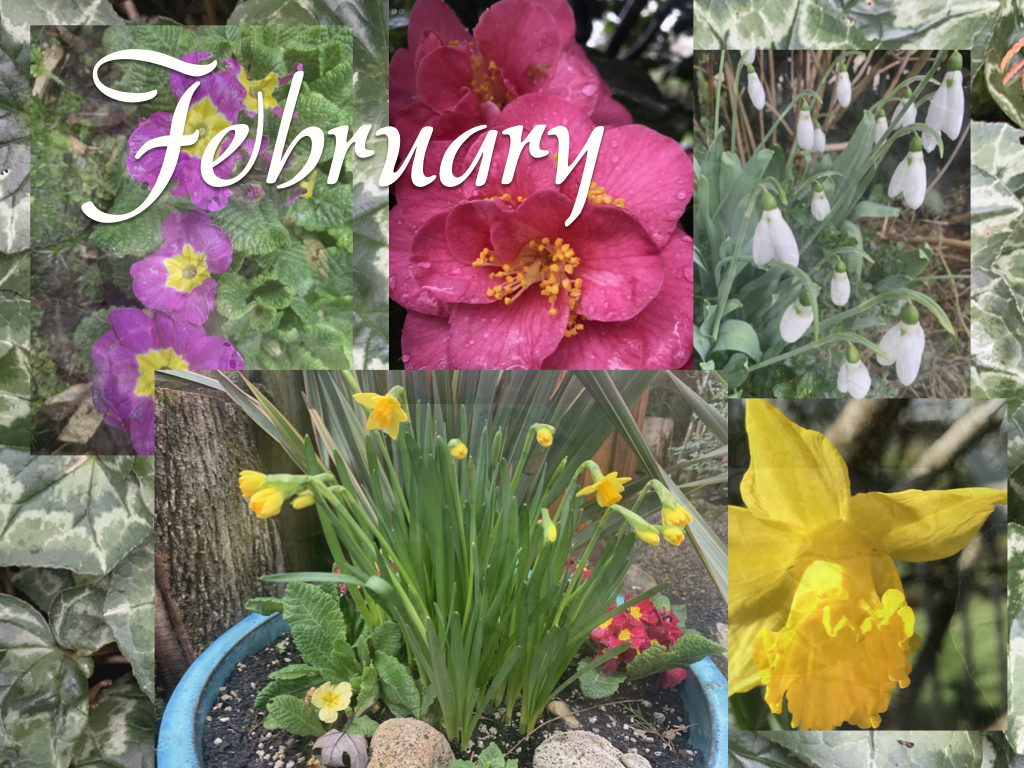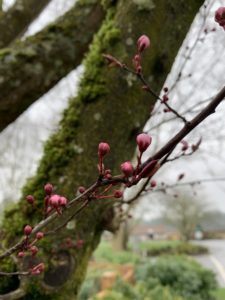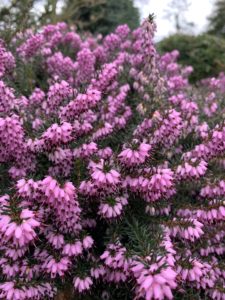Monthly Archives: February 2020
Oregon’s Most Specular Rain Forest—Silver Falls State Park
The World Class Phoenix Desert Botanical Garden—50,000 Cacti and More!
Are you fascinated by cacti (or cactuses) of all shapes and sizes including the unusual and weird? Well, then, take a quick tour of, by some accounts, Phoenix, Arizona’s top tourist attraction, one of America’s top botanical gardens, and, probably, the top desert botanical garden in the world—the Phoenix Botanical Gardens. I’ve been to some of the top botanical gardens in the world, and this is one unlike anything else!
February in the Garden—A To Do List

This guide is tailored for the western valleys of Oregon and Washington.
YOU can help to make the world a better, a more friendly, loving and beautiful place by being a good steward of the spot on this earth, your garden, that you have been given the privilege of borrowing for a time. It is our hope that the following to-do list will help you to do just that.
Nathan, the Treevangelist, urges you to treat your spot on this planet like your own personal Garden of Eden. May it become your personal paradise. This is your divinely mandated responsibility. Your trees, shrubs, flowers and the wildlife in your yard will pay you back as they express their smiling appreciation to you and yours by radiating their love, joy and beauty bursting forth with vibrant and verdant life. Below is a to-do list to help fulfill this mission.

Just when you thought it couldn’t rain much more, it did. January was a wetter than usual month and a good time for people to hibernate indoors. But as the days begin to lengthen, the cold temps begin to inch upward, and the sun begins to peak out from behind the clouds a tiny bit more, guess what? Heat and light incubate life. Plant buds are beginning to swell, and a few hardy early-bird flowers are beginning to pop out of the cold ground. Rejoice as the earth begins to awaken with a new flourish of life, and take a moment to walk around your personal domain and notice as the inexorable and reassuringly predictable cycles of plant-life rebirths once again despite the crazy, erratic, capricious and often malevolent machinations of many humans everywhere.
While you’re looking around, scroll back through this same Good News Tree Service, Inc. blog and check out the archives for any tree care articles that you may have missed. Also check out our YouTube channel at https://www.youtube.com/channel/UCvcu2lL9NpgoXQtUFYyQShw and our Facebook page at https://www.facebook.com/GoodNewsTreeService/. Our website is https://goodnewstree.com. Please enjoy!
Readers’ suggestions on how to improve this list are gladly solicited. If you, the reader, have any suggestions for additions to this month’s list, please put them in the comments section of this article, and I will add them to the list. Thank you in advance! — Nathan
Tree and Shrub Care
- Fruit tree pruning. Prune your fruit trees for fruit production. You can also prune grapes, can and trailing berries once the threat of major frost is past.

- Plant fruit trees. Not only is this a good time to plant bareroot fruits trees, which you can purchase now at many garden centers, but it’s an excellent to plant all kinds of trees and shrubs in the garden, while the weather is cool and the plants are still dormant. This is also a good time to reduce the height of overgrown fruit trees, since they are likely to produce fewer water sprouts now then when pruned in the spring.
- Mulch. Apply two to three inches of mulch around all trees and ornamental shrubs. This helps to fertilize the plants and feed the soil, and also protects them against weed growth and loss of water when the warmer weather returns.
- Pine tree pruning. Prune coast/shore pines (Pinus contorta) and Scotch/Scots pines (Pinus sylvestris). These two pines are especially susceptible to the sequoia pitch moth whose larvae burrow into the tree trunks during the growing season (April through September) causing the trees to exude large amounts of unsightly pitch globules. While this seldom kills the tree, the bleeding of sap is not good for the overall health and vigor of the tree. It is advisable, therefore, not to prune these pine trees during the growing season, since the pruning cuts attract the moth, which then lays eggs on the tree, which hatch into tree-burrowing larvae. Pruning should be done on your pines from November to March.
- Plant or transplant trees and shrubs. Winter is good time to plant or transplant ornamental trees and shrubs. Cooler weather means less transplant shock to the plants, and over the winter and spring, they will have time to begin to acclimate to their new environment before the stress of the next summer season occurs.
- Pruning of ornamental shrubs. Do major pruning (called heading back) of rhododendrons (or rhodies) and other similar ornamental shrubs back to latent buds in trunks and stalks. Do this before spring growth begins in a couple of months.
- Pruning of large trees. Winter is a great time to do aesthetic and structural pruning of deciduous trees and shrubs, since the structure or architecture of the plant is clearly visible making aesthetic pruning easier than when plants are foliated. Structural defects, which can cause tree failure, are more easily spotted as well. Also remove of dead wood, and pruning to reduce hazards. If you’re not sure what to do, or how to do it, call Good News Tree Service, Inc. for a consultation, pruning lessons or to have them do the pruning for you.
- Roses. The best time to prune roses is after the threat of major frost is past.
- Tree and shrub removal and stump grinding can be done all year long.
- Trees. Have an ISA Certified Arborist with an ISA Tree Risk Assessment Qualification (like Good News Tree Service, Inc.) inspect your large trees for the potential of failure due to weak root systems and defects in trunks and branches. This is best done when the leaves are off the trees.
- Trees and Storms. Storm proof your larger trees. Checking your trees for hazards and then take the appropriate measures to protect your trees from storm damage. After each major weather event, check your trees for damage such as broken or hanging limbs. If you have concerns or questions about your trees, have an ISA Certified Arborist with an ISA Tree Risk Assessment Qualification (like Good News Tree Service, Inc.) inspect your large trees for damage or the potential of failure due to weak root systems and defects in trunks and branches. If you’re not sure about the condition of your trees or even what to look for, call Good News Tree Service, Inc. for a free on-site consultation.
